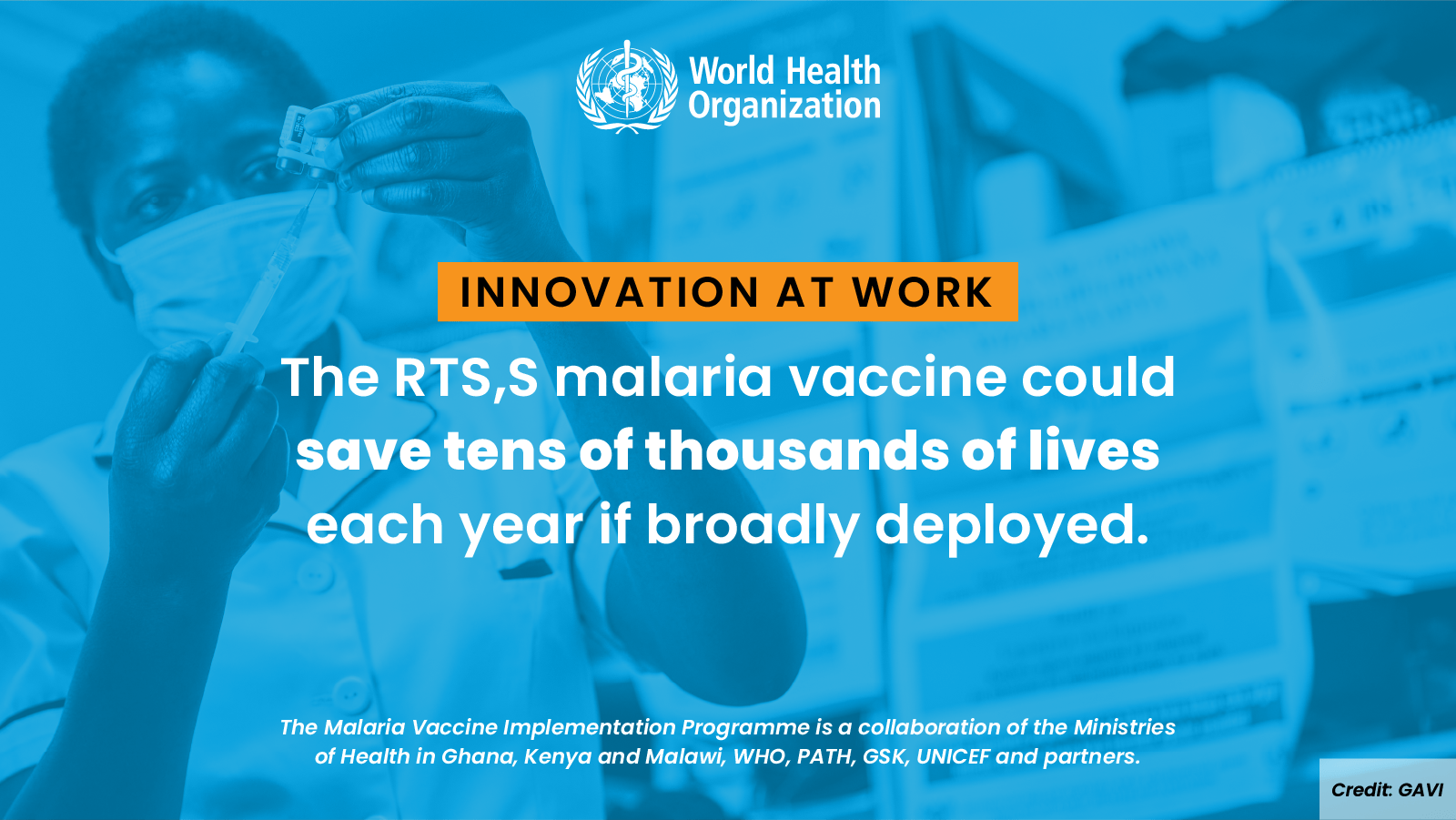Looking Forward to a Future Where Malaria is a Disease of the Past
 Photo Credit: World Health Organization
Photo Credit: World Health Organization
A few weeks ago, as I woke up and stared at my youngest daughter’s bite-ridden body, I couldn’t help but wonder how she had managed to let the mosquitos into her bed net at night, and whether I could have prevented this from happening. While the risk of malaria along Kenya’s coast is relatively low, I still made a mental note to myself to watch for any signs of fever, headaches, nausea or vomiting. And then, when we got back from vacation, I forgot all about this for the most part — which was fortunate, as she returned to school and was as happy and healthy as ever.
This is a perk of living in a region of Kenya that is not deluged with malaria-carrying mosquitoes. Unfortunately, it’s a privilege that is not available to everyone in Kenya, let alone in sub-Saharan Africa, where malaria still kills more than one child every minute. This is a staggering and heartbreaking number.
Every year on April 25, the world — or at least a certain fraction of it — pauses to reflect on progress made in the fight against malaria, and on what more needs to be done to eradicate this deadly disease. This year, the World Health Organization (WHO) marked the day under the theme of innovation and the best ways to harness it to reduce the burden of malaria and save lives. This year’s campaign recognizes that no single tool available today will solve this deadly disease. More work needs to be done to develop new innovations and to ensure that the tools we already have are reaching those that need them the most.
This includes the RTS,S malaria vaccine, which many of us at Burness have had the honor to support over the past few decades. In October last year, in a historic decision, the WHO recommended the expanded use of this first malaria vaccine among children living in regions with moderate to high malaria transmission. Since 2019, more than a million children in Ghana, Kenya and Malawi have received at least one dose of the vaccine and are benefiting from this added form of protection. Experts believe that if the vaccine is implemented broadly, it could save tens of thousands of lives each year.
We hear a lot about vaccine hesitancy and resistance to public health precautions — like masking in the context of COVID-19, and bed nets in the context of malaria. But what’s been interesting with this first malaria vaccine is the overwhelming demand from parents and caregivers in areas where the vaccine has been available, and how they appreciate the importance of having another tool to help keep their kids healthy. Perhaps it should come as no surprise given that these parents know all too well the risk malaria poses to their children’s health.
For malaria and other diseases, there is reason to celebrate when we look at the power of science and what it has helped us accomplish over the years. But much more remains to be done. This week provides an opportunity to reflect on the road ahead and what it will take for everyone to live a healthy life. As I tuck my daughters to bed this week, healthy and malaria-free, I will be thinking of the hundreds of thousands of parents who have lost a child to malaria in the past year alone, and hope that the next generation is spared this incredible tragedy.